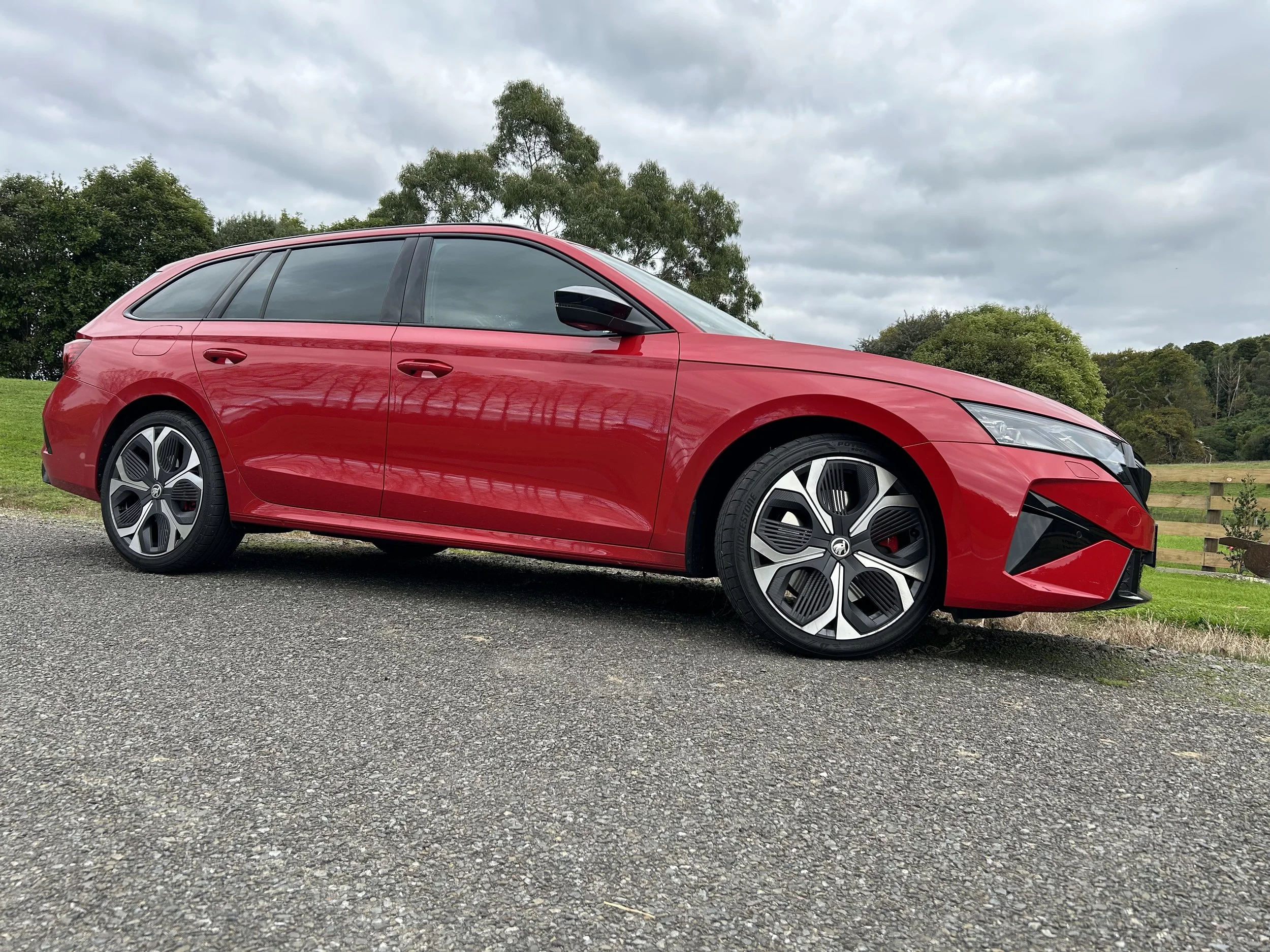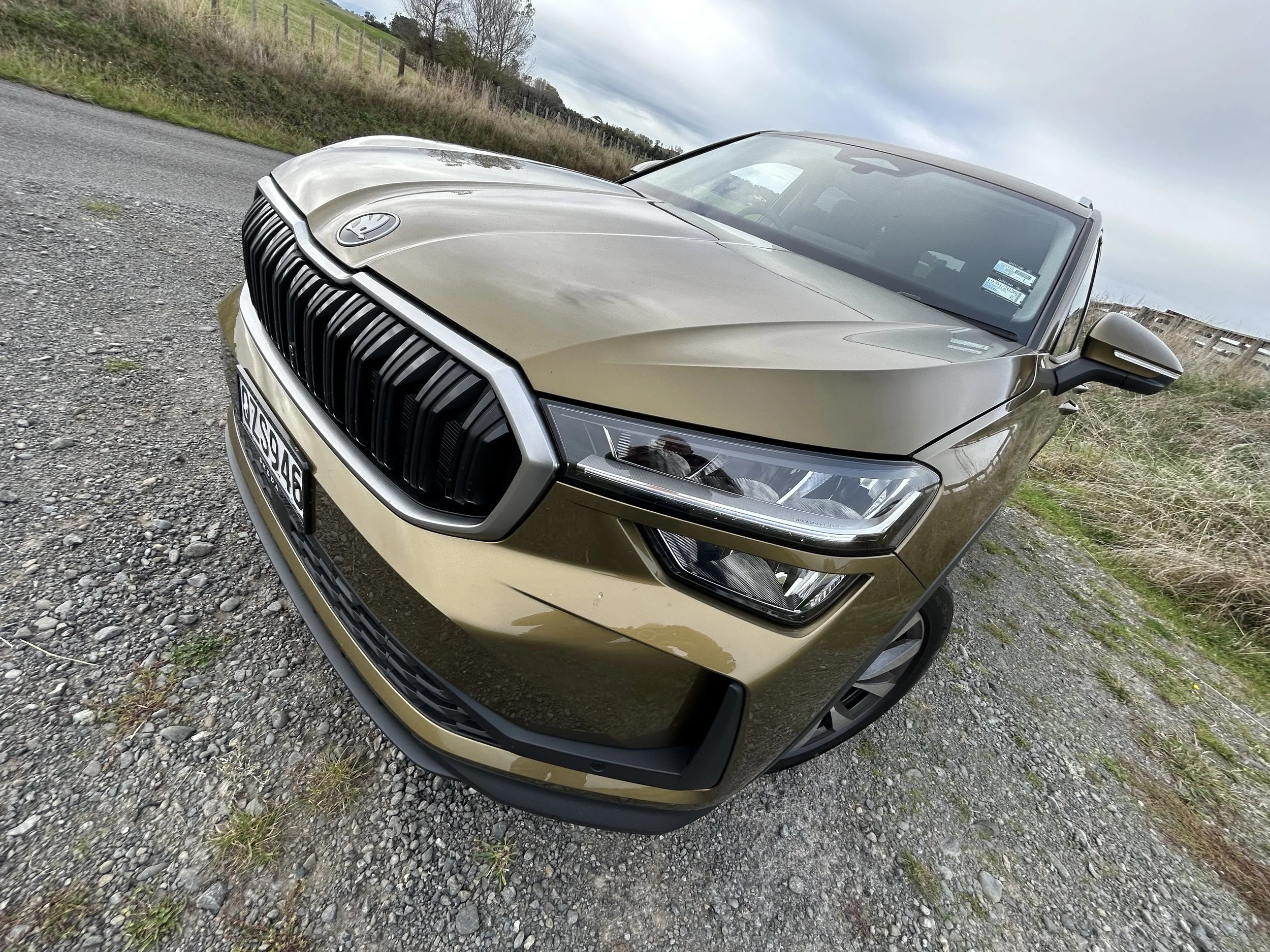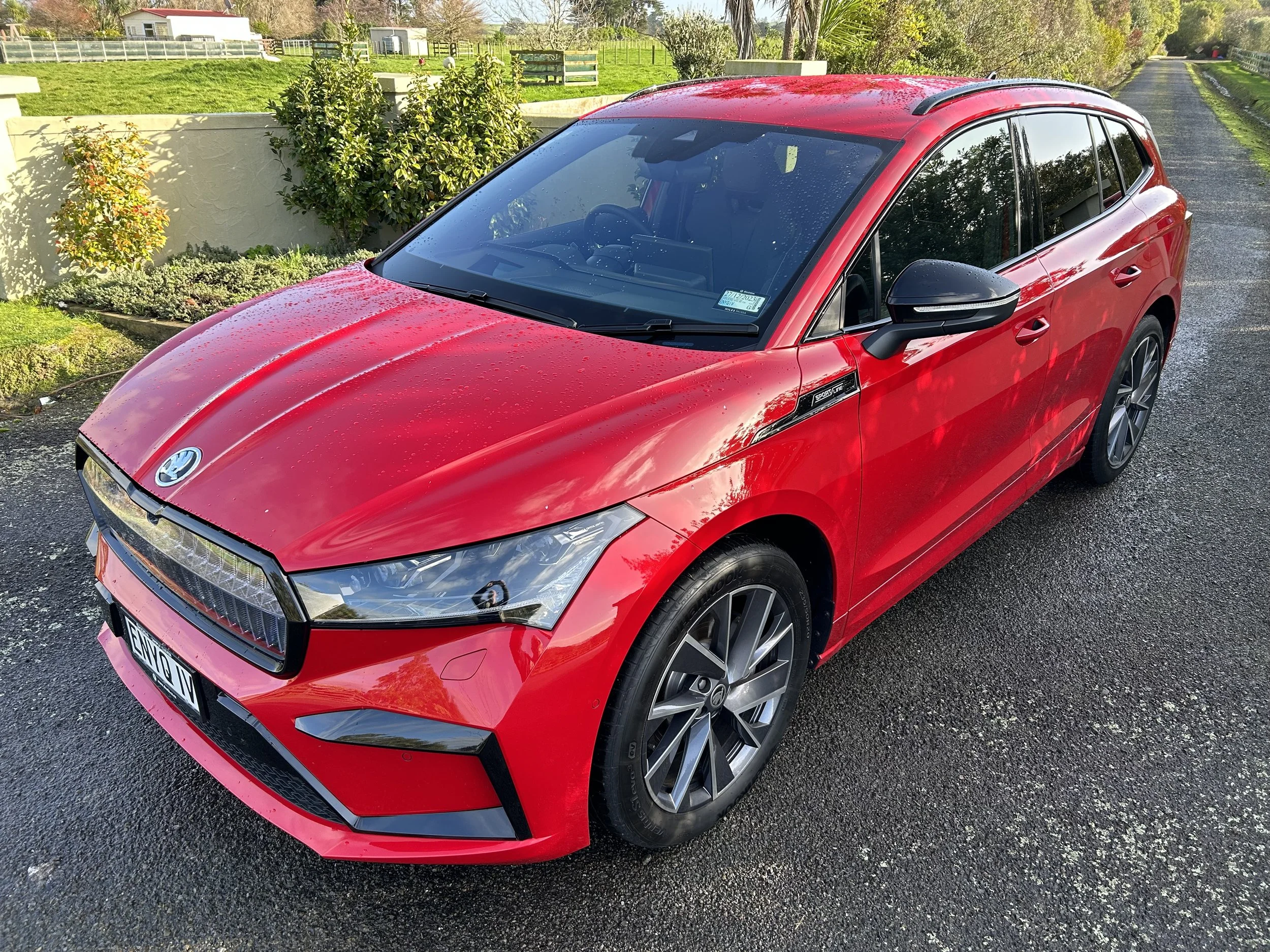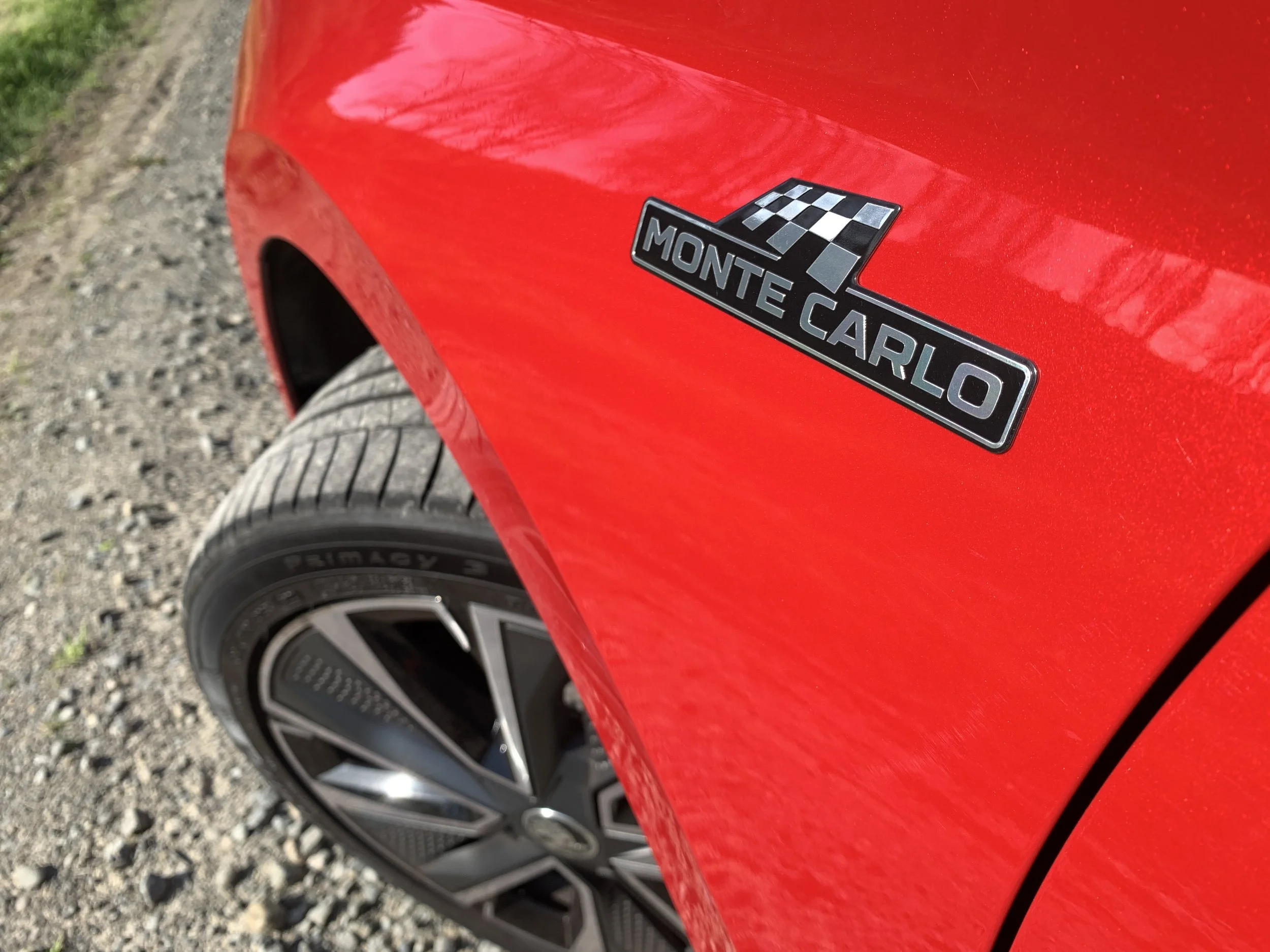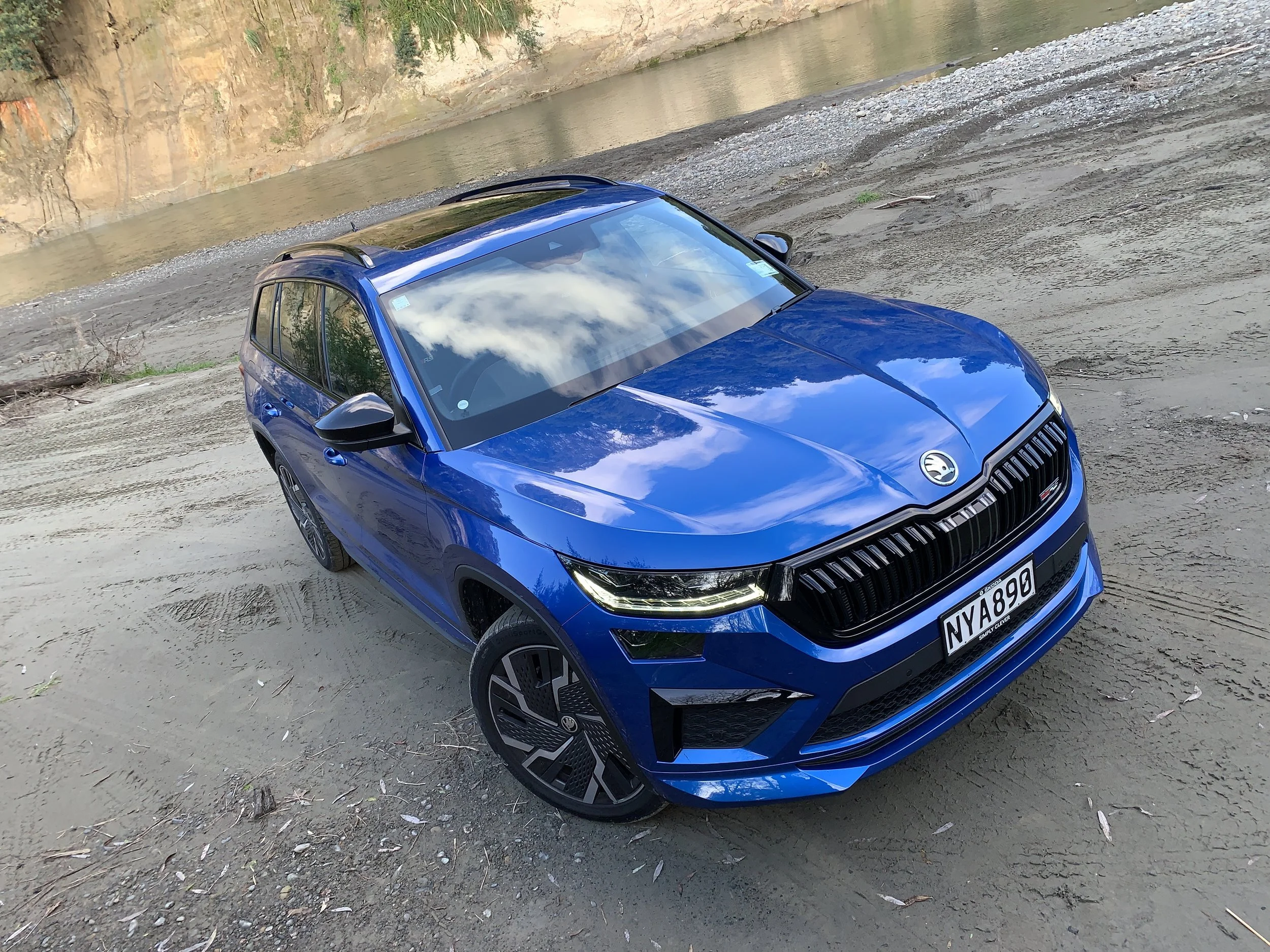Skoda Octavia vRS road test review: Czech mate too cosy with VW alternate?
/The latest generation of this sports-themed station wagon is a polished performer. But will being so closely priced to a gear-sharing hot hatch erode sensible values?
Read More
